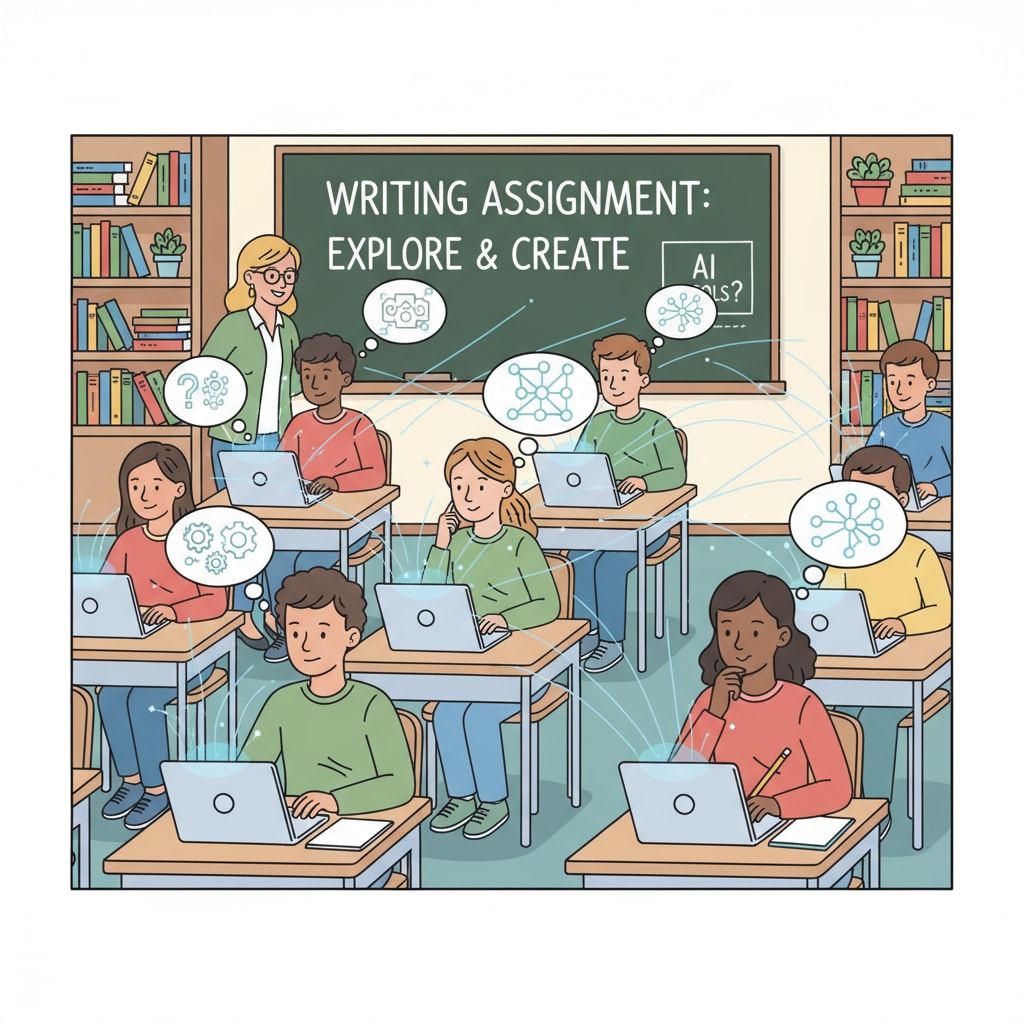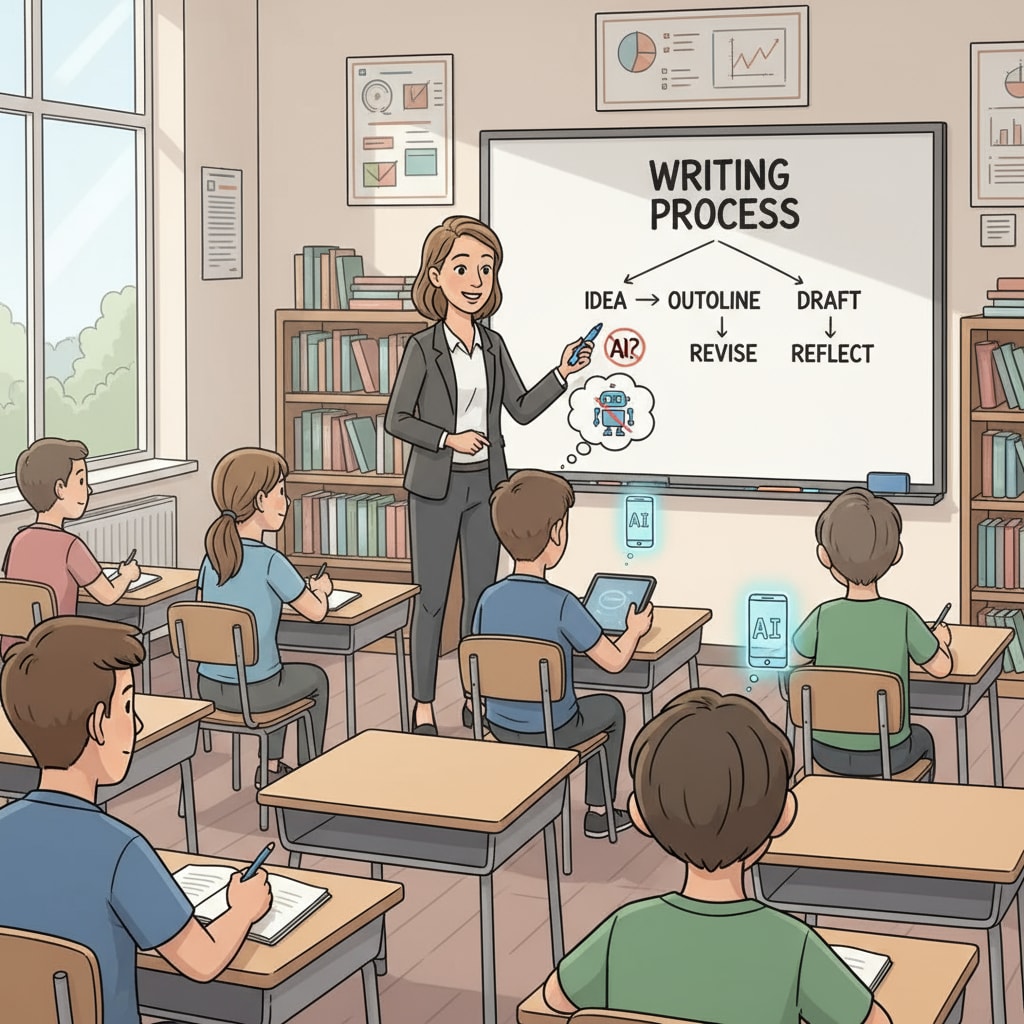The authenticity of student assignments, writing instruction, and parental misunderstandings have become pressing issues in the face of the increasing use of AI-generated content in education. In the current digital age, the rise of AI has presented unprecedented challenges to the traditional K12 education assessment system. Take, for example, an 11th-grade English teacher who often finds themselves in a difficult situation where students may be using AI to complete their writing assignments. This not only undermines the integrity of the learning process but also makes it hard to accurately assess students’ true writing abilities.

As technology continues to evolve, educators are struggling to maintain the authenticity of student work and ensure effective writing instruction.
The Impact on Writing Instruction
Writing is a fundamental skill in education, and traditional writing instruction aims to develop students’ critical thinking, creativity, and communication abilities. However, with the advent of AI, students can now generate seemingly well-written essays with just a few clicks. This has disrupted the writing learning process. Teachers who focus on teaching grammar, vocabulary, and composition techniques may find that students are relying on AI instead of honing these skills themselves. For instance, a student might use an AI tool to produce a complex argumentative essay without truly understanding the logical structure or the depth of the topic. According to Educause, the educational technology organization, this shift in student behavior requires a reevaluation of writing curricula to ensure that students are still learning the essential elements of writing.

Parental Misunderstandings
Another significant aspect is parental misunderstandings. Some parents may not fully comprehend the implications of AI in their children’s education. They might view AI as a helpful tool that can enhance their child’s academic performance. For example, a parent may encourage their child to use an AI writing assistant to improve their grades without realizing that it is not a true reflection of the child’s learning. This lack of understanding can further complicate the situation for educators. Parents may also be unaware of the long-term negative impacts on their child’s development, such as the atrophy of critical thinking skills. As stated by the National Education Association, educators need to engage in better communication with parents to clarify the importance of authentic learning and the potential drawbacks of over-reliance on AI.
To address these challenges, educators, parents, and schools need to work together. Educators can implement new assessment methods, such as in-class writing tests or oral presentations, to verify students’ true writing abilities. Parents should be educated about the proper use of technology in education and the significance of authenticity in learning. Schools can also develop policies that clearly define the acceptable and unacceptable use of AI in student assignments. In conclusion, while AI brings new opportunities, it also poses threats to the authenticity of student assignments, writing instruction, and can lead to parental misunderstandings. By collaborating, we can navigate these challenges and preserve the value of real learning in the digital age.
Readability guidance: The content uses short paragraphs and lists to summarize key points. Each H2 section provides relevant information in a clear manner. The passive语态 is kept to a minimum, and long sentences are proportionally controlled. Transition words like “however,” “for example,” and “in addition” are used throughout the text to enhance readability and connection between ideas.


